LEIPZIG, Germany: In the 1980s, HIV—which causes Aids—modified the practice of oral healthcare. Now 40 years later, the COVID-19 pandemic has brought on similar changes, such as the improved use of personal protective equipment (PPE).
A 2020 study by researchers from the University of British Columbia in Canada has investigated the parallel effects of HIV and SARS-CoV-2 on dentistry. Among other things, they looked at changes in PPE measures. To do that, they interviewed 45 local dental professionals, who all stated that, without a question of a doubt, dentistry could currently not be practised without the use of protective gloves and masks as a minimum.
One of the study participants, a certified dental assistant, explained that barehand dentistry was the norm until the arrival of HIV: “When I first started we didn’t use masks or gloves. But that all changed—we were all tested for HIV. And we were very mindful of that and that was when we started wearing glasses, and masks and gloves. Now you would never consider working on somebody without any of it.”
“Today, I could not even imagine thinking about treating a patient without gloves, but back then, it was normal”–Prof. Lior Shapira
In an interview with Dental Tribune International, European Federation of Periodontology President-Elect Prof. Lior Shapira shared his experiences during his long and successful career in dentistry: “When I was a student many years ago [laughs], I was working without gloves, masks or gowns and then HIV appeared. And then we learned how to protect ourselves from that virus through improving PPE measures. Today, I could not even imagine thinking about treating a patient without gloves, but back then, it was normal.”
“And now the same is happening with the coronavirus, and I think the most important lesson we have learned from it is the realisation that dental professionals need to fully protect themselves. Especially when performing aerosol-generating procedures, we will use gowns and caps, N95 masks—which we didn’t use before—and a face shield on top of it all. All these improved measures are probably here to stay and will become the new standard of care,” he added.
COVID-19 pandemic more difficult to handle
During the height of the HIV/Aids pandemic, oral healthcare providers were especially cautious of avoiding contact with blood during procedures. Now, with COVID-19, the concern is heightened because the virus is airborne and spreads through droplets and aerosols, which are everywhere whenever care is provided. The Canadian scientists explain that this concern is chiefly influenced “by a lack of a full understanding about transmissibility and the perceived impact of the virus on the cost and time associated with minimising or eliminating the risk of transmission within a dental setting”.
Like many other governmental bodies around the world, the Occupational Safety and Health Administration (OSHA), which is part of the US Department of Labor, has released guidance for dentistry workers and employees on its website. OSHA’s PPE standards are not a new legal obligation but include recommendations that should be executed in the workplace to protect patients and staff from potential transmission. As mentioned by Prof. Shapira, OSHA also lists disposable N95 filtering face piece respirators, gowns and face shields certified by the National Institute for Occupational Safety and Health as appropriate PPE ensemble.
A glimpse of what is to come
The general public is hoping that the coronavirus pandemic will be over at some point—preferably sooner rather than later. However, a recent survey conducted and published by Nature put a damper on that. It showed that “scientists expect the virus that causes COVID-19 to become endemic, but it could pose less danger over time”.
In the article, Dr Jesse Bloom, an evolutionary biologist at Fred Hutchinson Cancer Research Center in Seattle in the US, suggested that SARS-CoV-2 will probably become “a less serious problem and something like [the] flu”. Nevertheless, he also said that some people will still develop serious symptoms.
Just like HIV or any other disease that has heavily struck society, the coronavirus is here to stay in one way or another and will therefore have a lasting impact on the use of PPE in dentistry.
Tags:
TEMPE, Ariz., US: Next-generation intra-oral imaging technology, supported by a suite of digital tools, enables efficient restorative and multidisciplinary ...
LONDON, England: The UK College of General Dentistry has released the third edition of Standards in Dentistry, a comprehensive and freely accessible online ...
The topic of artificial intelligence (AI) has always stirred up both intrigue and intimidation; the fear of the unknown is strong, but with the rise of ...
Bias is an intrinsic aspect of human cognition, and healthcare professionals—including those in dentistry—are not immune to its influence. Understanding...
While CAD/CAM technology has traditionally been at the heart of digital dentistry, the emergence of artificial intelligence (AI) is redefining what is ...
Taking place alongside the Dental Technology Showcase and supported by the International Digital Dental Academy, this year’s British Dental Conference ...
LEIPZIG, Germany: When widespread lockdowns began to be implemented in order to curb the SARS-CoV-2 pandemic, the number of unemployed people in many ...
A graduate of Paris Descartes University (now the University of Paris), Dr Léon Pariente currently runs a private practice in the French capital that ...
KRIENS, Switzerland: Stable routines lie at the heart of habits. Lately, however, the COVID-19 pandemic has shown us the challenge of fostering habits in ...
Live webinar
Wed. 14 January 2026
12:00 pm EST (New York)
Dr. Théo Laplane, Dr. Robert Gottlander DDS
Live webinar
Fri. 16 January 2026
12:00 pm EST (New York)
Live webinar
Mon. 19 January 2026
1:00 pm EST (New York)
Philipp Kopp, Michael Seeber
Live webinar
Thu. 22 January 2026
9:00 am EST (New York)
Prof. Judith Jones D.D.S; M.P.H., Prof. Kakuhiro Fukai D.D.S., Ph.D, Dr. Bathsheba (Bethy) Turton
Live webinar
Thu. 22 January 2026
2:00 pm EST (New York)
Dr. Nicola M. Grande DDS, PhD
Live webinar
Wed. 28 January 2026
8:00 am EST (New York)
Live webinar
Wed. 28 January 2026
11:00 am EST (New York)
Prof. Dr. Jan-Frederik Güth



 Austria / Österreich
Austria / Österreich
 Bosnia and Herzegovina / Босна и Херцеговина
Bosnia and Herzegovina / Босна и Херцеговина
 Bulgaria / България
Bulgaria / България
 Croatia / Hrvatska
Croatia / Hrvatska
 Czech Republic & Slovakia / Česká republika & Slovensko
Czech Republic & Slovakia / Česká republika & Slovensko
 France / France
France / France
 Germany / Deutschland
Germany / Deutschland
 Greece / ΕΛΛΑΔΑ
Greece / ΕΛΛΑΔΑ
 Hungary / Hungary
Hungary / Hungary
 Italy / Italia
Italy / Italia
 Netherlands / Nederland
Netherlands / Nederland
 Nordic / Nordic
Nordic / Nordic
 Poland / Polska
Poland / Polska
 Portugal / Portugal
Portugal / Portugal
 Romania & Moldova / România & Moldova
Romania & Moldova / România & Moldova
 Slovenia / Slovenija
Slovenia / Slovenija
 Serbia & Montenegro / Србија и Црна Гора
Serbia & Montenegro / Србија и Црна Гора
 Spain / España
Spain / España
 Switzerland / Schweiz
Switzerland / Schweiz
 Turkey / Türkiye
Turkey / Türkiye
 UK & Ireland / UK & Ireland
UK & Ireland / UK & Ireland
 Brazil / Brasil
Brazil / Brasil
 Canada / Canada
Canada / Canada
 Latin America / Latinoamérica
Latin America / Latinoamérica
 USA / USA
USA / USA
 China / 中国
China / 中国
 India / भारत गणराज्य
India / भारत गणराज्य
 Pakistan / Pākistān
Pakistan / Pākistān
 Vietnam / Việt Nam
Vietnam / Việt Nam
 ASEAN / ASEAN
ASEAN / ASEAN
 Israel / מְדִינַת יִשְׂרָאֵל
Israel / מְדִינַת יִשְׂרָאֵל
 Algeria, Morocco & Tunisia / الجزائر والمغرب وتونس
Algeria, Morocco & Tunisia / الجزائر والمغرب وتونس
 Middle East / Middle East
Middle East / Middle East
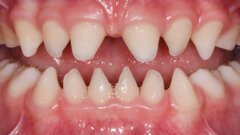
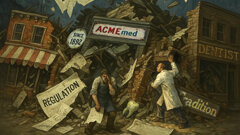






















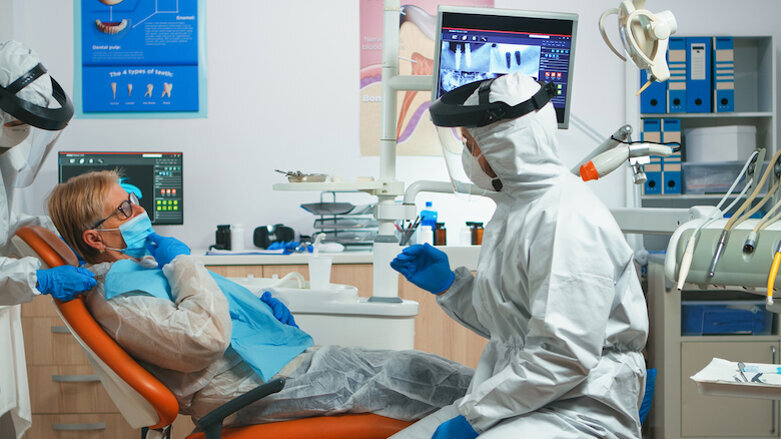




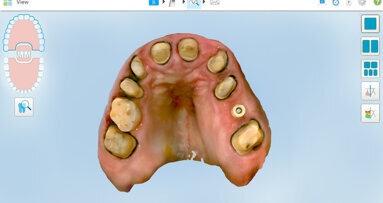



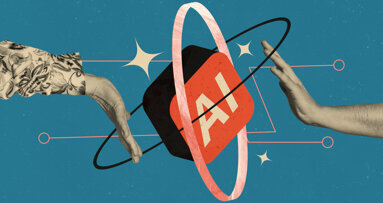
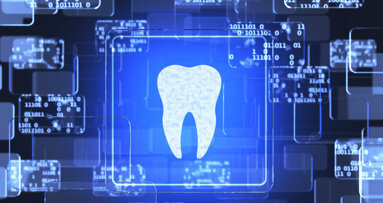

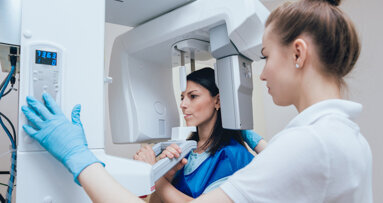











To post a reply please login or register